Osteoarthritis is the most common type of arthritis and the most common type of degenerative joint disease, according to the World Health Organisation. Worldwide, 9.6 per cent of men and 18 per cent of women over the age of 60 battle with it. In England and Wales between1.3 and 1.75 million people have it.
It is a potentially disabling disease for which doctors claim there is still no cure.
We believe the best that can be done is to protect your joints as well as possible whilst they are strong and healthy and to manage the disease as naturally as possible when it occurs.
What is Degenerative Joint Disease?
Degenerative joint disease stems from the wear and tear of the joints. It is chronic and progressive and involves the gradual loss of articular cartilage due to age or overuse. This cartilage is the soft, spongy cushion between your bones inside your joints.
It causes severe pain and stiffness primarily in the ankle, knee, hip, spinal, neck, shoulder, elbow, wrist, and finger joints.
What Causes Degenerative Joint Disease?
At this stage experts have not come to a definitive conclusion. The wear and tear of the joints cannot be the only factor, as many people who put significant pressure on their joints do not suffer from it.
Some inherited genes are involved, either by causing insufficient production of the substances that make up cartilage, or by causing your bones to fit together in a way more likely to break down cartilage.
Frequent joint injuries of the types sportspeople suffer can destroy cartilage.
Obesity also plays a role, both because it puts too much weight on your joints, and because fat tissue produces inflammatory chemicals (cytokines) that damage them.
Problems Cited From Traditional Drug Treatments
The people who are most vulnerable to joint deterioration are the elderly and those in their late middle ages.
These also happen to be the people who are at the highest risk of suffering toxic reactions to large quantities of strong medication.
Their livers and kidneys are no longer young and strong enough to process the amount of pain medication that they need to take to keep their joint disorders under control.
Typical treatments for degenerating joints include the following:
-
Analgesics are pain killers. They are the least toxic of the options, but they nevertheless have serious drawbacks.They are physically addictive, in that a larger amount is needed over time to achieve the same pain relief. At the weakest end, paracetamol is too weak to control severe joint pain, and at the strongest end, opioids are seriously addictive. Worst of all, they do not treat the inflammation and cartilage deterioration at all.
-
Nonsteroidal anti-inflammatories (NSAIDs) treat both the inflammation and the pain, but they can have serious side effects. Regular use can wear down the stomach lining and cause stomach ulcers and bleeding, and they put substantial pressure on the kidneys that can develop into kidney disease. Some types are even associated with a moderate risk of heart attack. Aspirin and ibuprofen are the weakest over-the-counter types, while the stronger ones are available on prescription only.
-
Corticosteroids are steroids that are particularly effective at treating inflammation and pain. The topical creams and tablets are effective for only mild cases, however, while the injections carry the risk of organ failure and bone density loss.
- Hyaluronic acid is a natural substance in your joint and eye fluid that acts as a shock absorber and lubricant. It can be helpful for people with degenerating joints because their natural supply gets broken down. This does involve regular injections at a doctor's office, however.
Natural Treatment Options for Degenerative Joint Disease
- Thermal therapies can be administered at home or in an occupational therapist's office. Heat can relieve stiffness and pain, while cold can relieve muscle spasms and pain. Electrically heated gloves or microwavable bean bags are popular for home use on finger, wrist, spinal, and neck joints.
- Occupational therapists can help you combat stiffness by teaching you some range of motion and flexibility exercises, tailored to your specific needs and requirements. Your joints must remain active to slow the progression of most joint diseases. These exercises will ensure that they remain flexible and that they can move the full range of their abilities. Once you have learnt these exercises, it will also be safe for you to adopt an exercise program that uses, but not damages, your joints.
- Collagen is the main structural protein in connective tissue. This is the stuff that yields gelatin when it is boiled. Many studies have demonstrated that it is an effective treatment for pre-arthritis and mild arthritis, even in athletes with activity-related joint pain. Some researchers have concluded that it is approximately as effective as NSAIDS without the side effects. It supplies your body with the necessary materials to build up your cartilage again. Joint Vibrance Powder is a supplement that contains it.
- Methylsulfonylmethane, or just MSM, is also able to relieve pain and improve physical function of the joints. In a study on people with osteoarthritis in the knee joints, Canadian researchers found a significant improvement in the performance of activities of daily living together with the pain relief. Joint Vibrance includes this substance too. It also includes some hyaluronic acid to bathe your joints in nutrients.
- Topical capsaicin cream might also work. Capsaicin is the compound in chilli peppers that makes them taste hot. A cream form has been found to be a useful treatment for inflammatory joint pain, including for some people with moderate to serious rheumatoid arthritis and osteoarthritis.
- Boswellia serrata is the plant that produces Indian frankincense. Supplements that contain it seem to have mild pain and inflammation reduction properties, as tested on people with osteoarthritis.
Readdressing Your Joint Pain Treatment Options
In the 21st century, we too quickly grab at toxic drugs when their use is still avoidable.
There are normally natural substances that can keep disorders under control for some time. Since these natural treatment options work for people with osteoarthritis, they should definitely be tried for less serious joint pain first. In fact, elderly people can benefit from them for joint health even before they suffer much joint pain.
It is true that prevention is better than cure. If a cure is required, however, it is also true that a non-toxic cure is better than a toxic one.



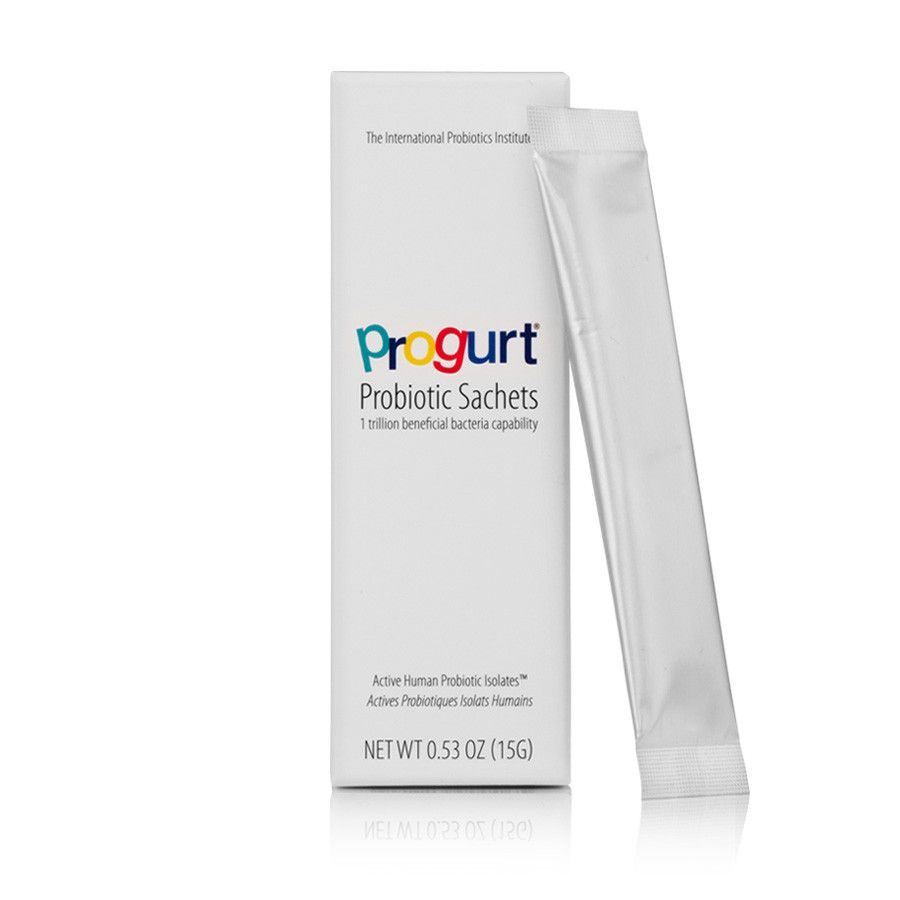
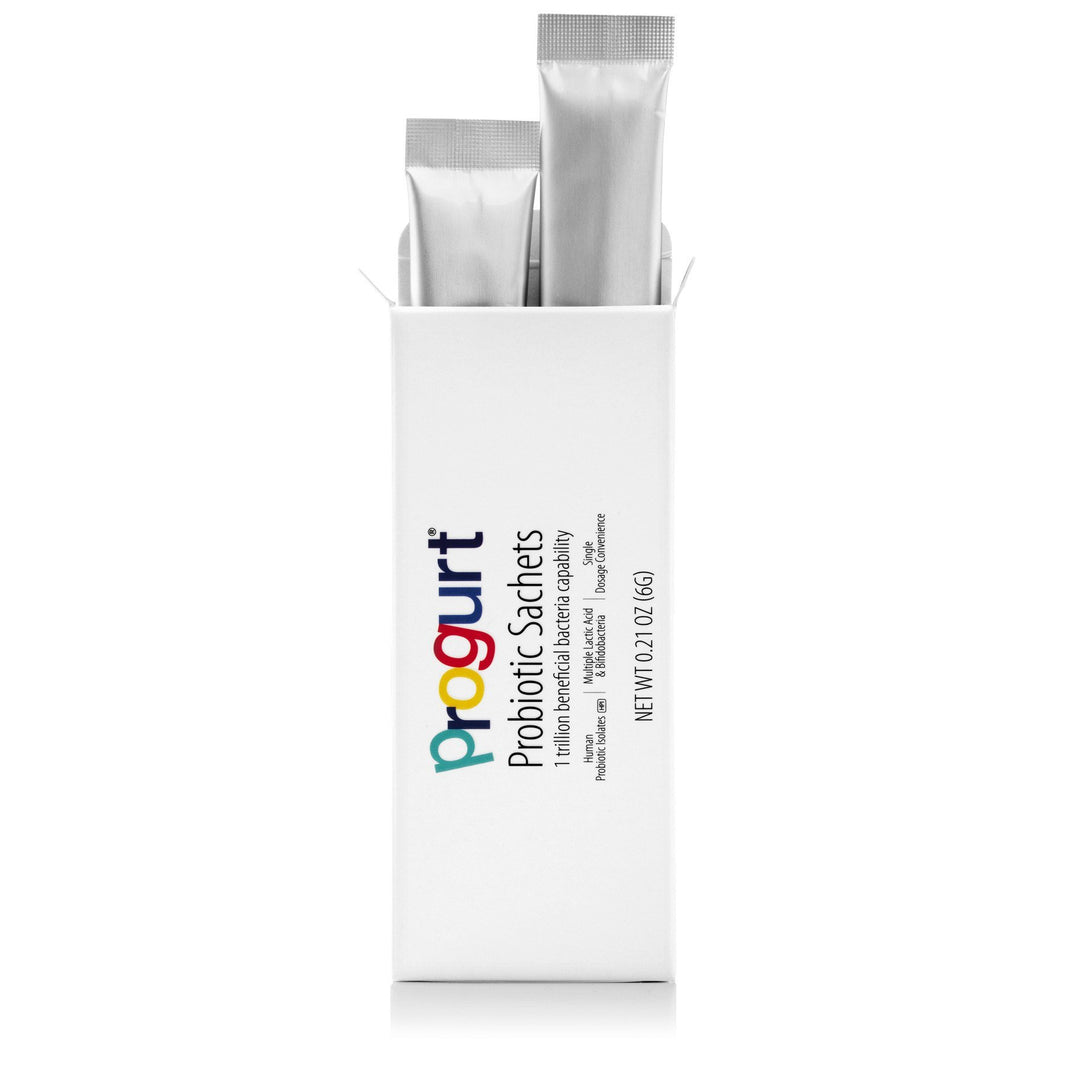
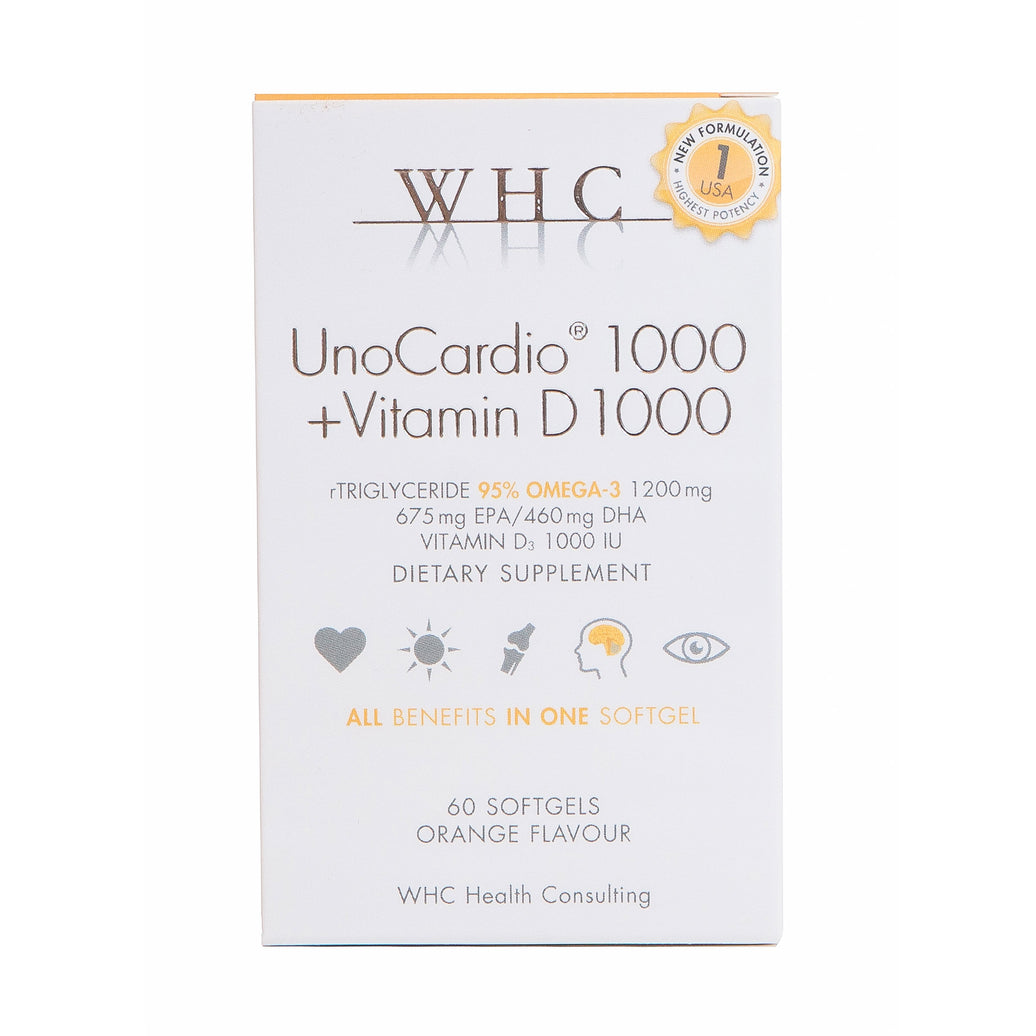
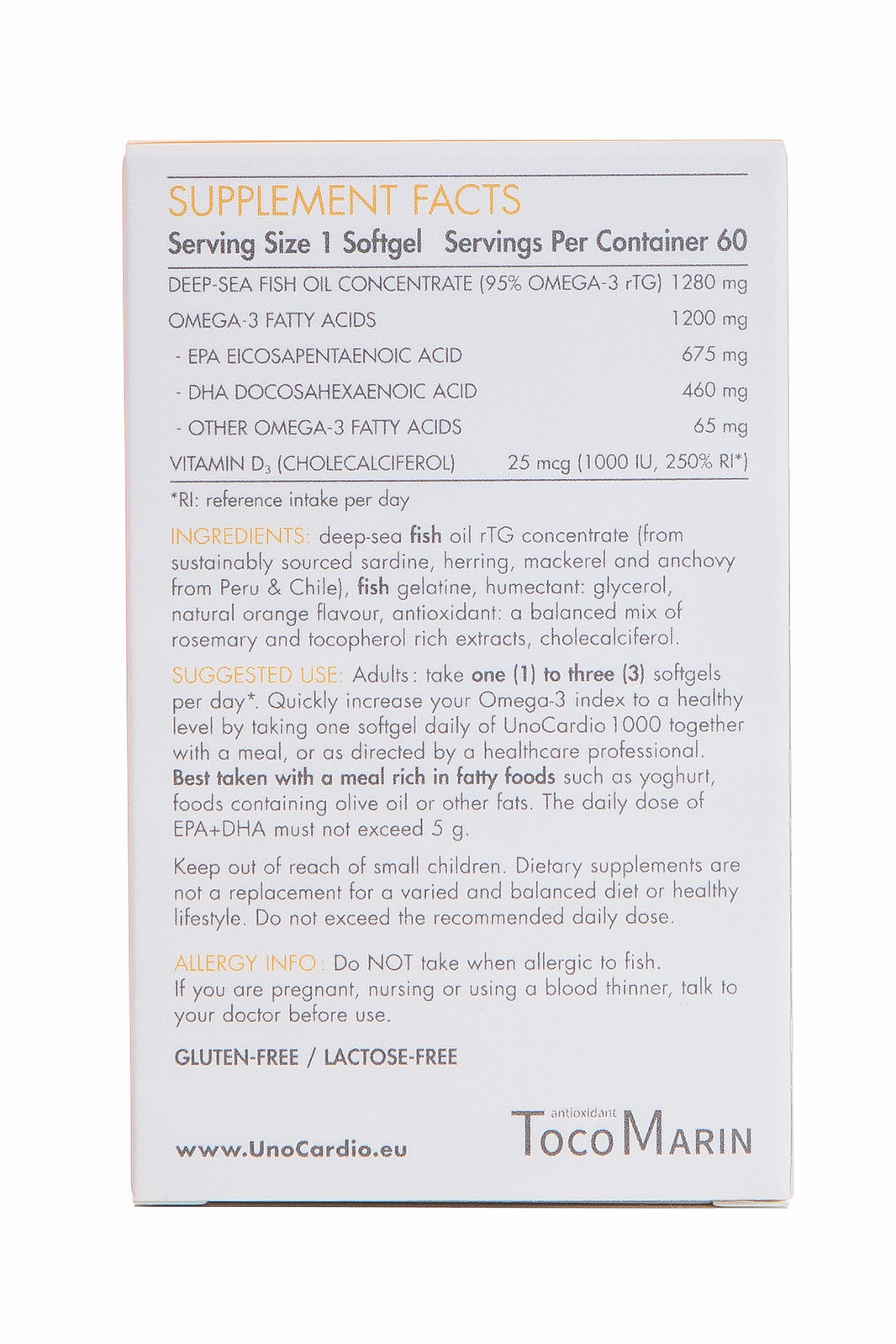
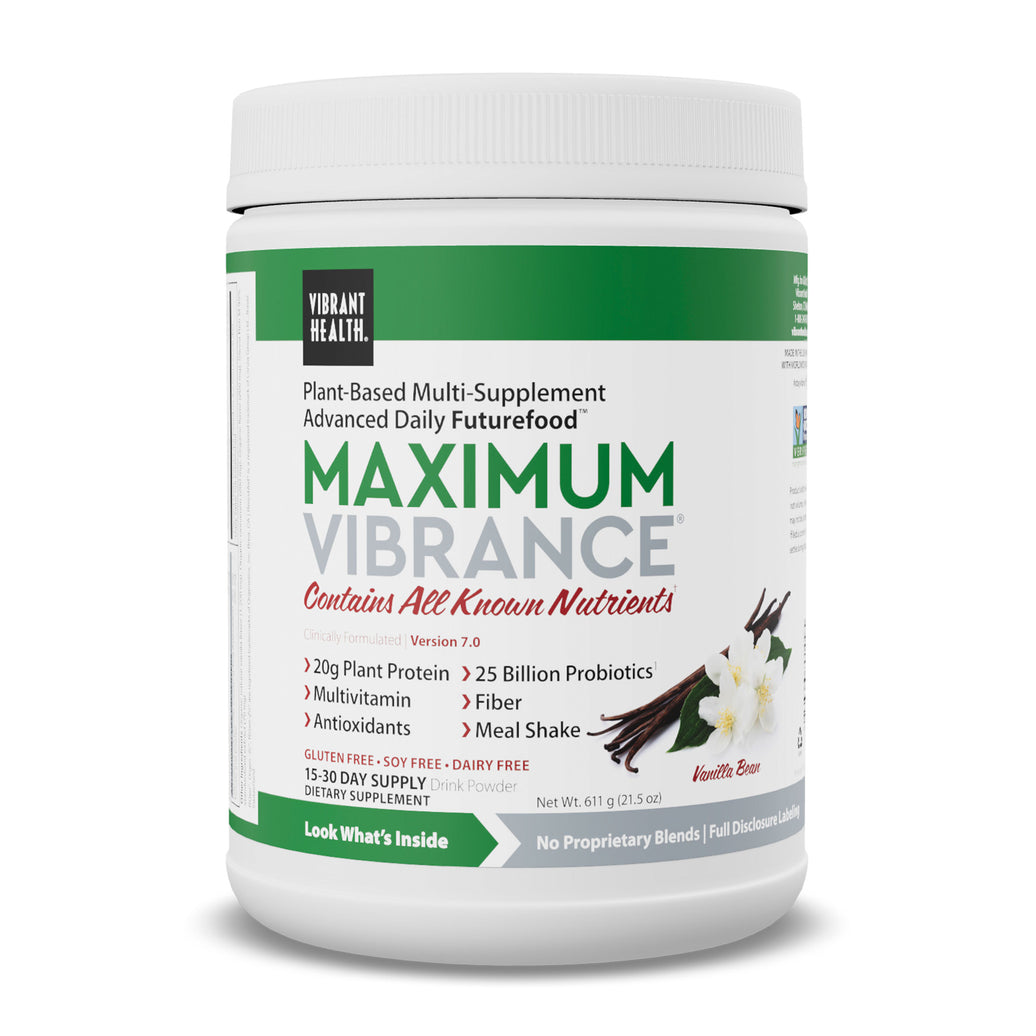
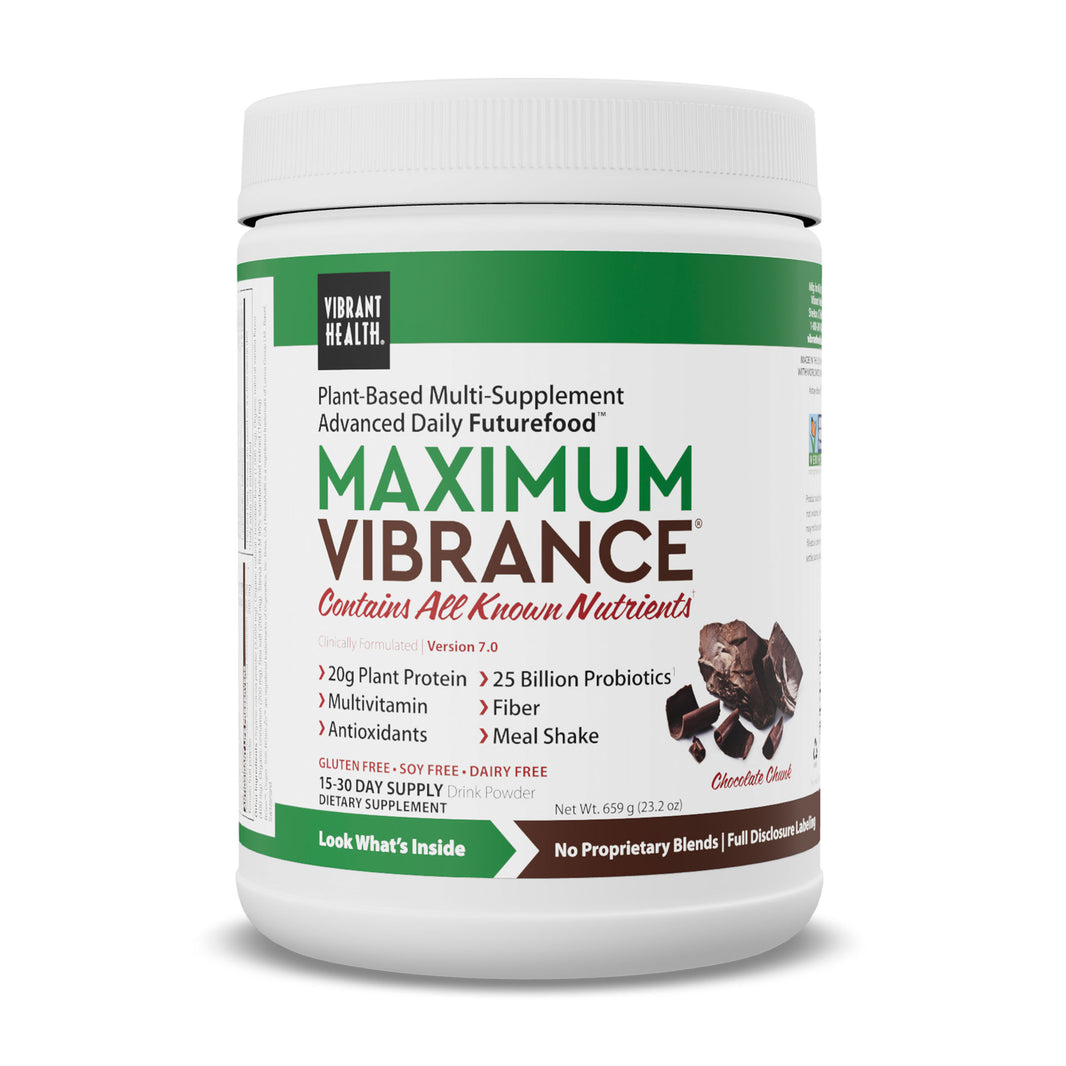

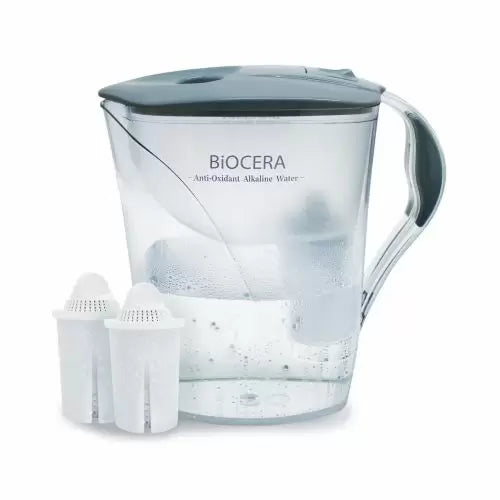



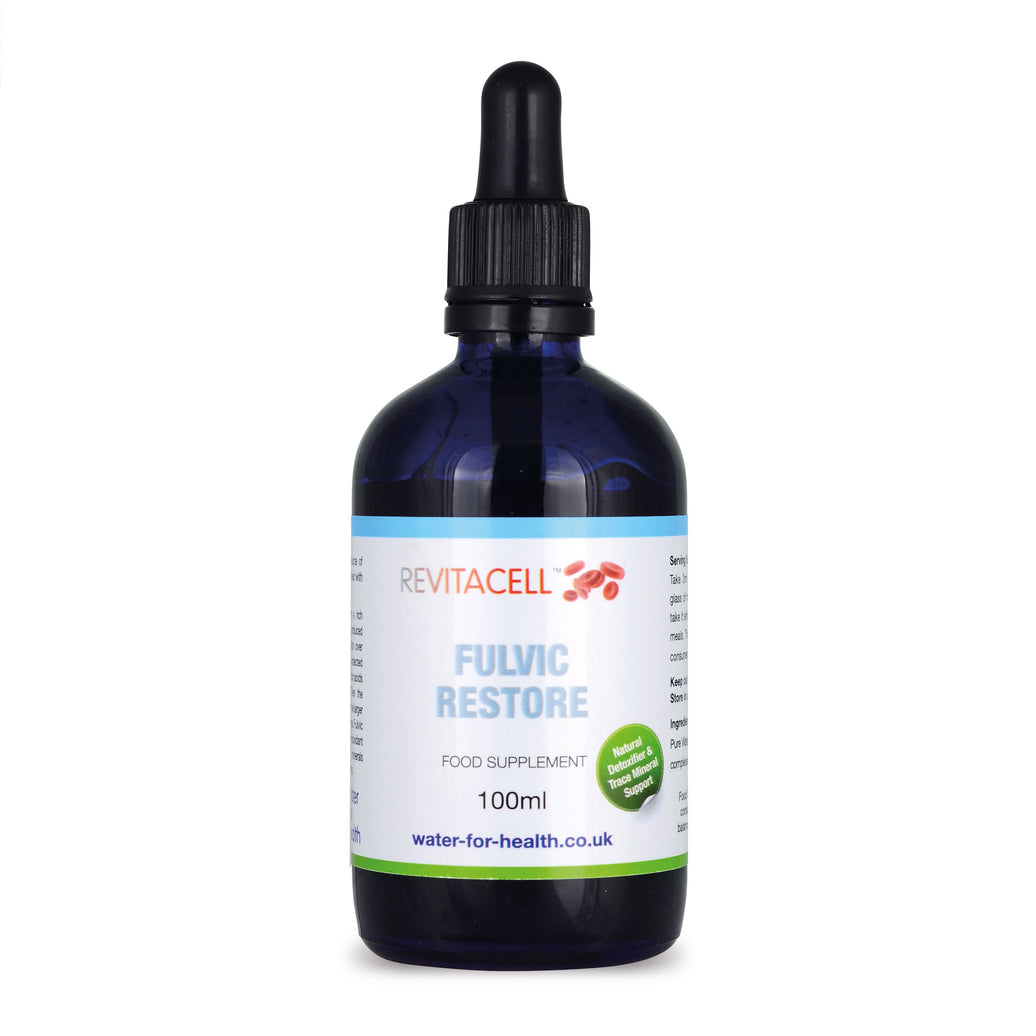
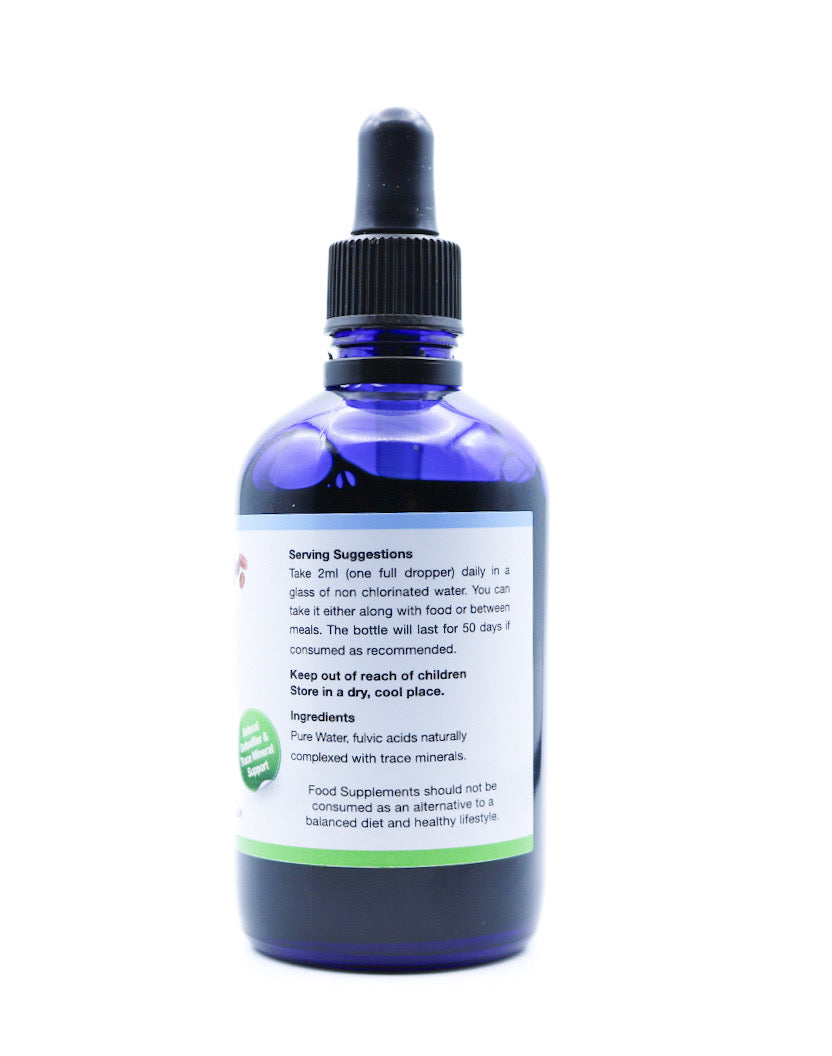
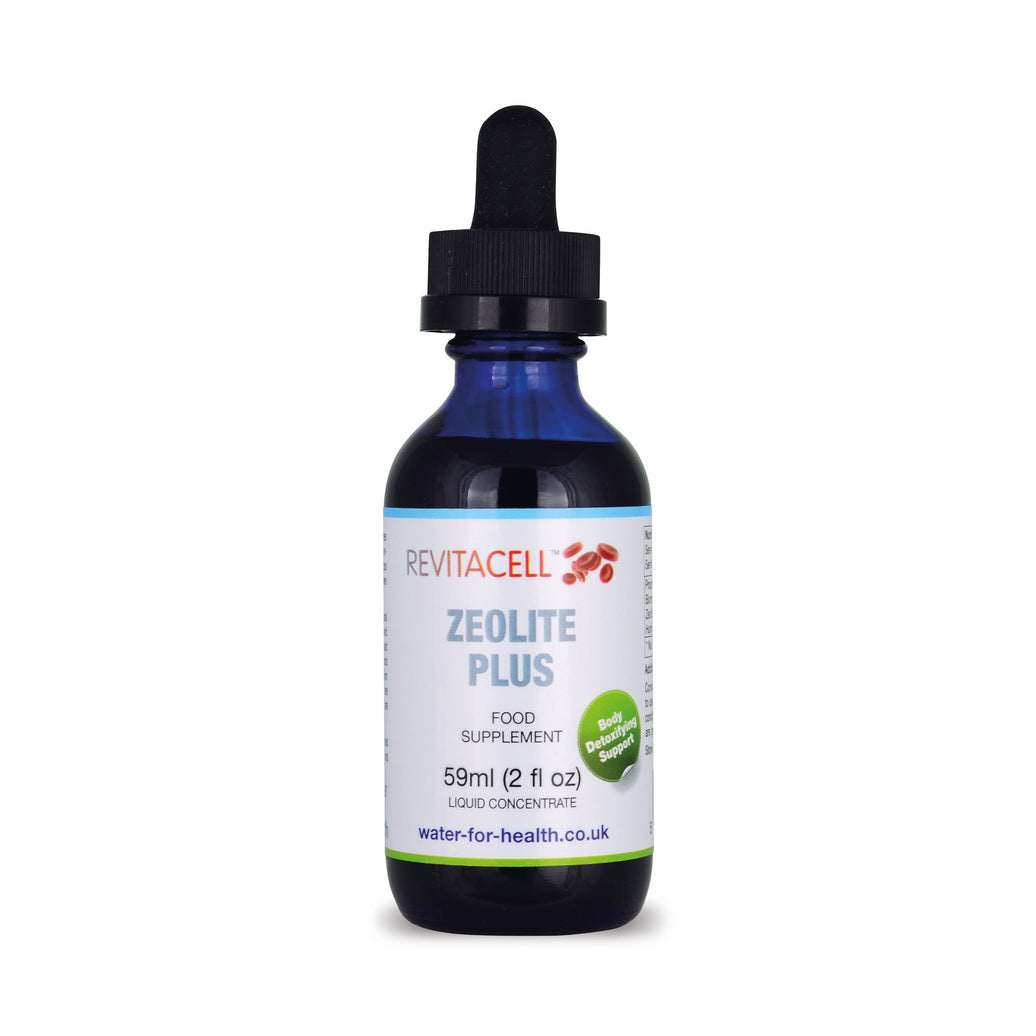
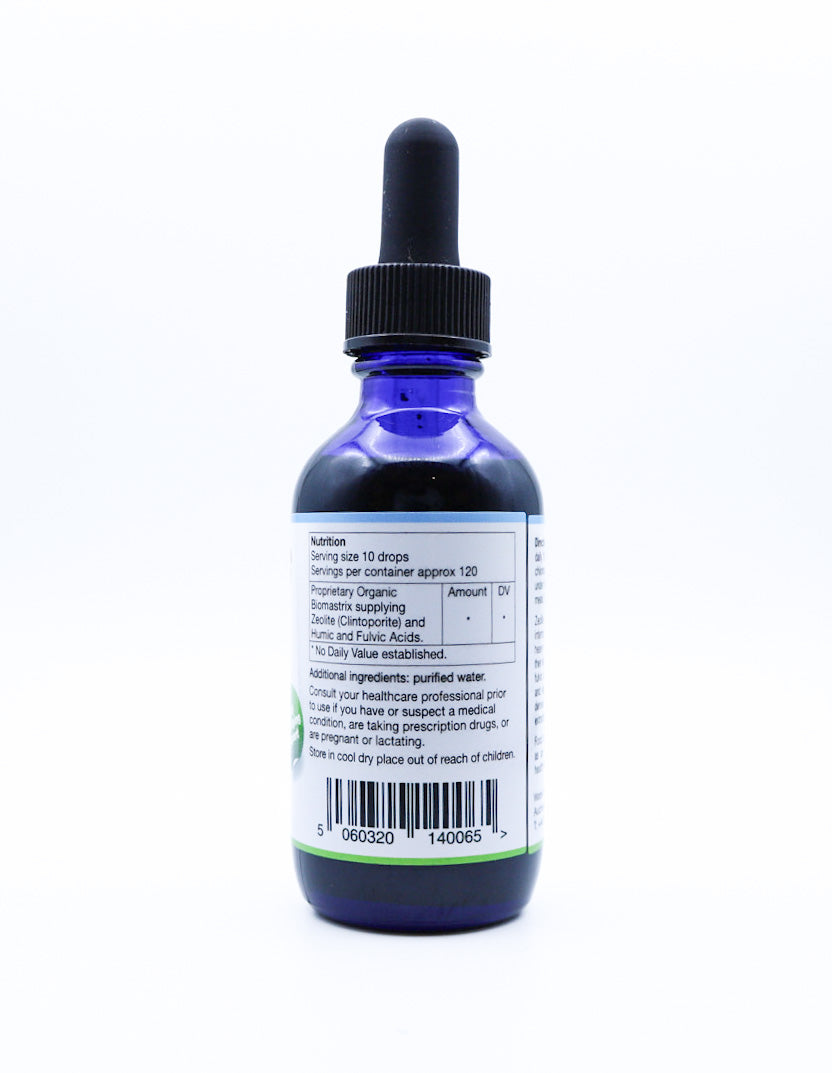

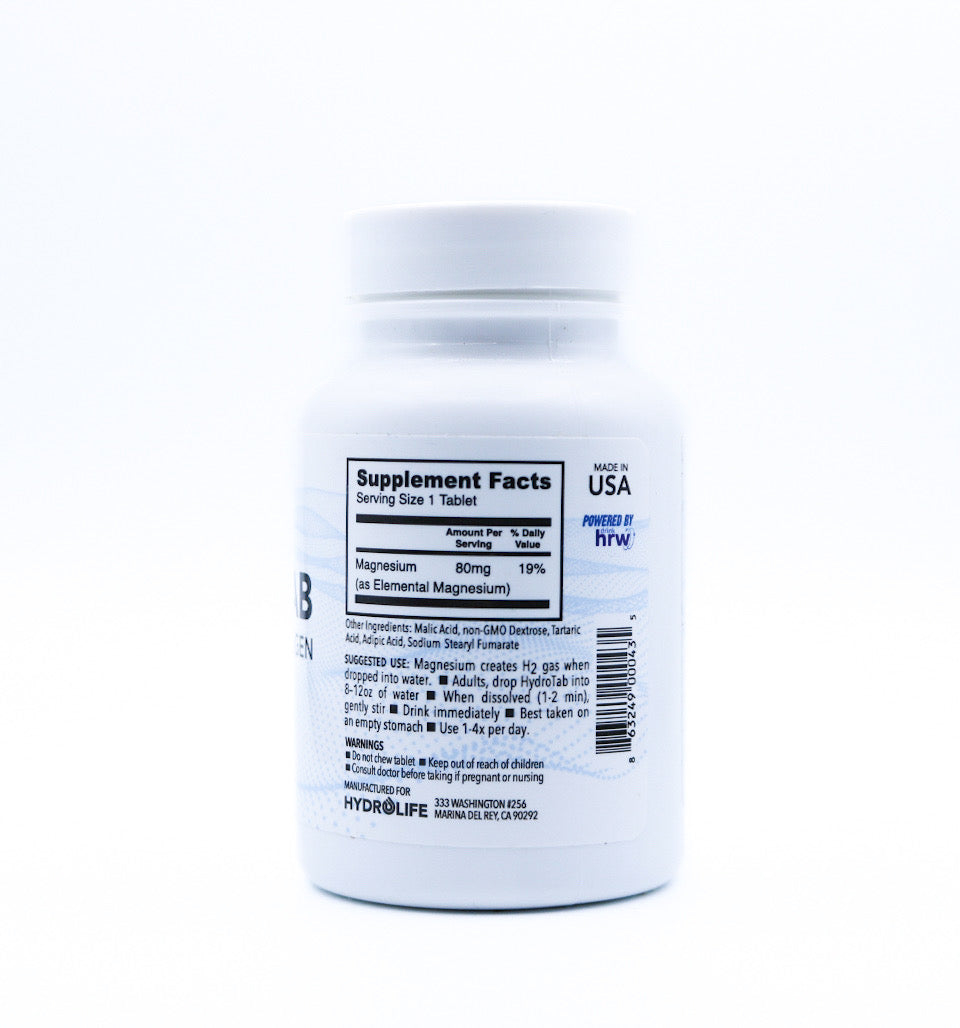
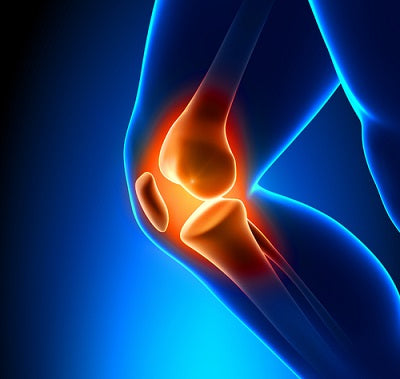







Leave a comment